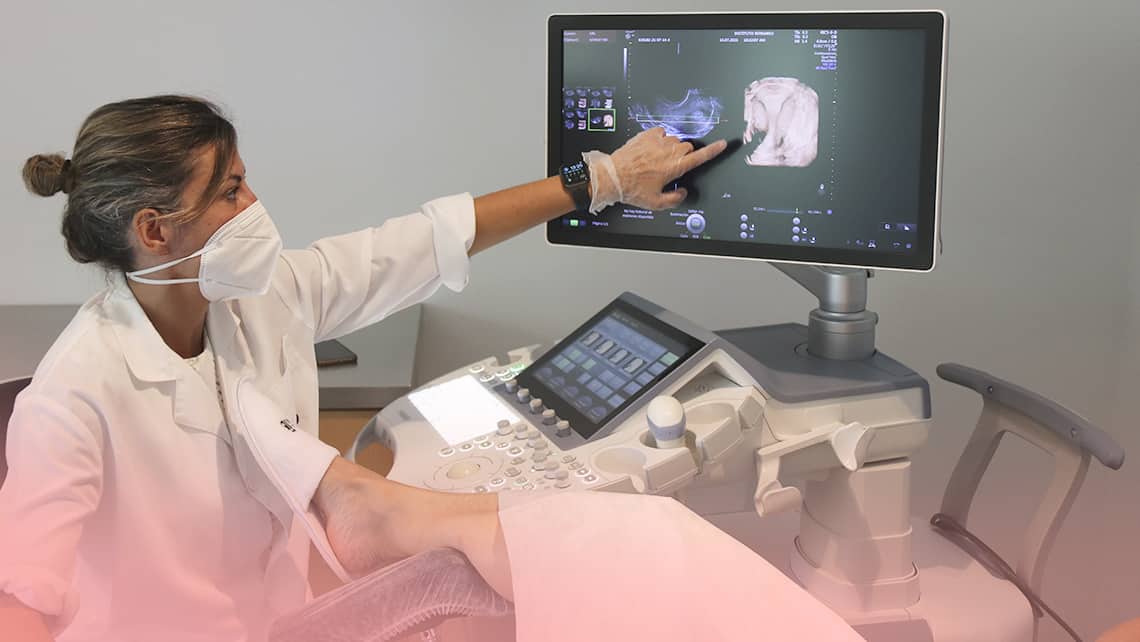The international journal Journal of Family and Reproductive Health publishes an investigation by Instituto Bernabeu on the effect of a twisted uterus in assisted reproduction treatments due to the cause of rotation
August, 13th 2021

Instituto Bernabeu scientists have carried out a research work that analyses the effect of a twisted or rotated uterus in assisted reproduction treatments depending on the cause of such rotation. The results of this novel research have been published in the international scientific journal Journal of Family and Reproductive Health.
Twisted uterus is detected when the body of the uterus is rotated from the cervical canal. This anomaly may be due to different causes, such as uterine fibroids, endometriosis or the presence of both. The study has aimed to compare the effect of the twisted uterus cause in terms of reproductive treatment outcomes.
It consisted in a retrospective study of twisted uterus cases with repeated implantation failure (more than three embryo transfers or four blastocysts transferred unsuccessfully) in our ultrasound department.
The twisted uterus was defined when the vaginal probe needed to be rotated to assess the endometrial line thoroughly or when the coronal view was seen by 2D scan. From 2017 to 2020, 879 gynaecological ultrasounds were performed; 145 of these met the criteria for a twisted uterus; therefore, the prevalence was 16.5%. It has been included in the study only endometriosis or myomatosis as causes of the twisted uterus. For statistical analysis, we carried out a logistical regression analysis adjusted by confounding factors.
From 145 patients included only 92 patients underwent reproductive treatments. With known cause of uterine torsion. 56 patients with endometriosis, 18 with uterine myomatosis and the remaining 18 suffered from both. After assisted reproductive treatment, Endometriosis group showed the highest clinical pregnancy rate (53.57%) compared to Myomatosis (22.22%) and Endometriosis and myomatosis (38.89%) groups. Uterine myomatosis capable of causing uterine torsion may affect embryo implantation more than endometriosis.
B. Moliner, F. Sellers, A. Bernabeu, A. Fuentes, JC. Castillo, J. Ll. Aparicio, R. Bernabeu
